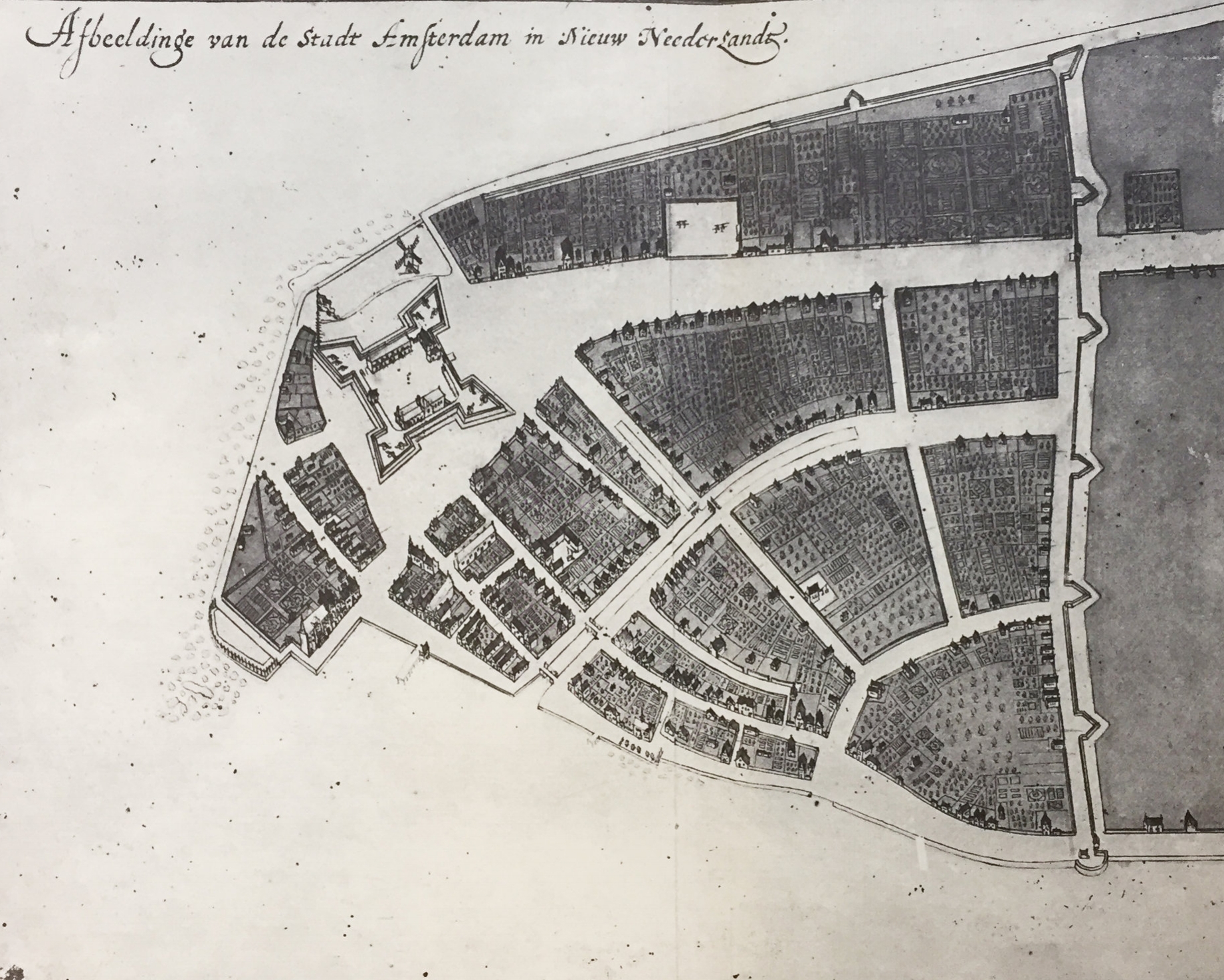The Dutch & the English, and the Wall That Divided Them
The most famous structure built by the Dutch in New Amsterdam was the wall that gave its name to Wall Street. However, the complicated history of this fortification has been muddled by bad histories, mistakes now amplified by the internet. The recent digitization of records at the NYC Municipal Archives, and the cross-institutional collaboration of New Amsterdam Stories, allowed us to unravel the myths and truly surprising history of one complicated wall. This five-part blog series appeared in 2016 in the NYC Municipal Archives’ blog, “For the Record.” Links are below.




